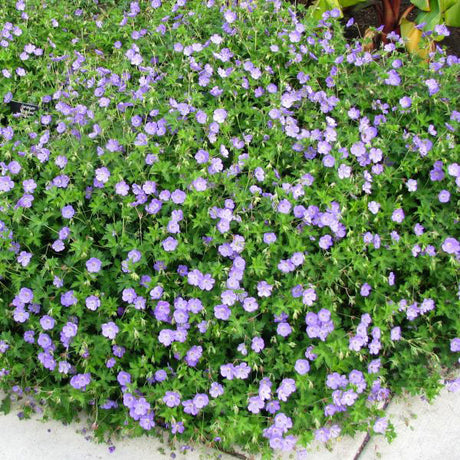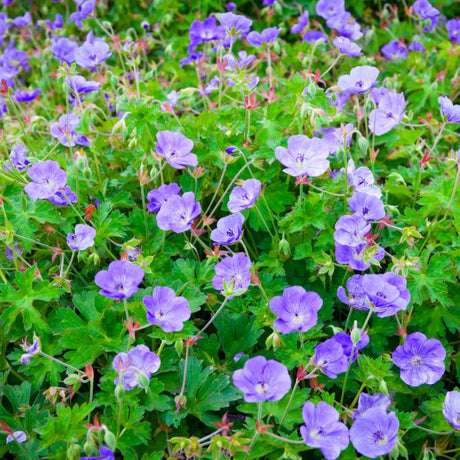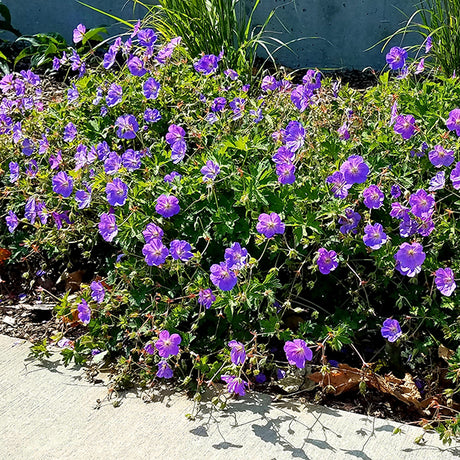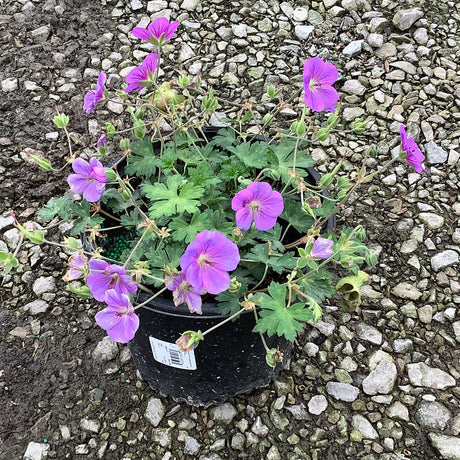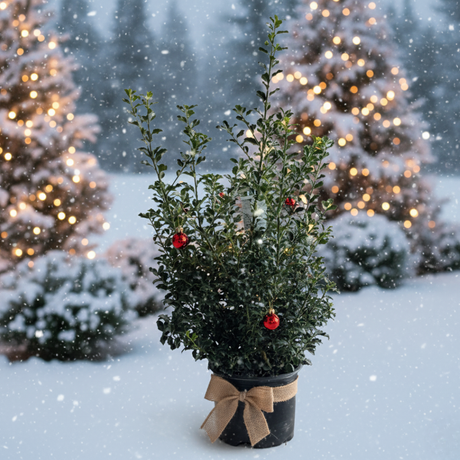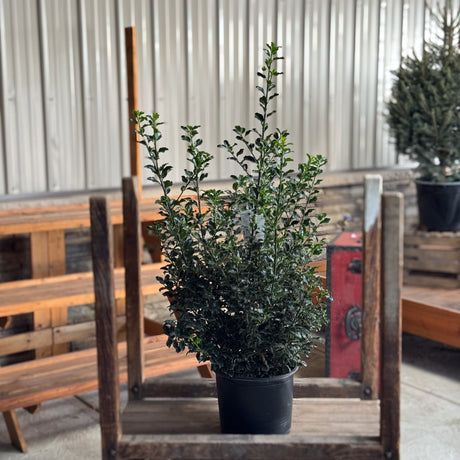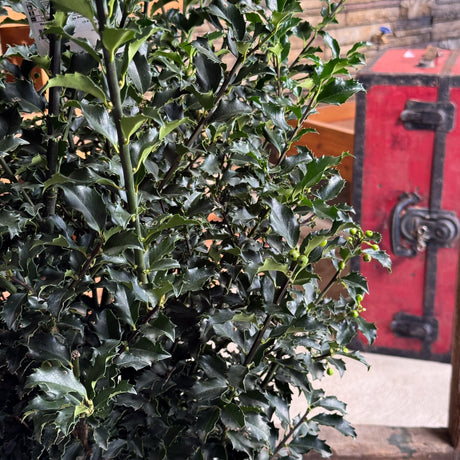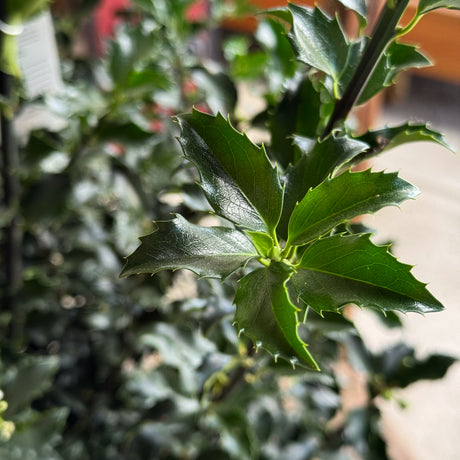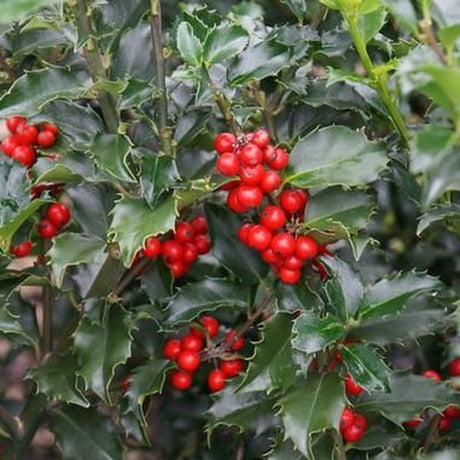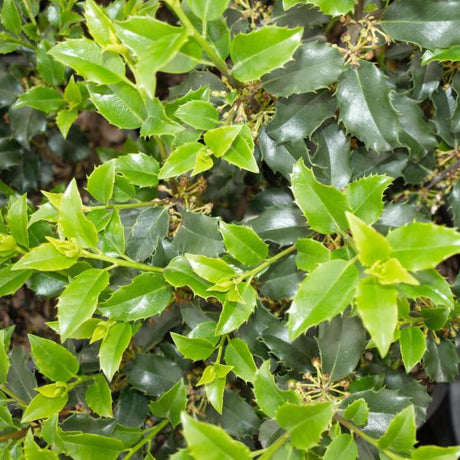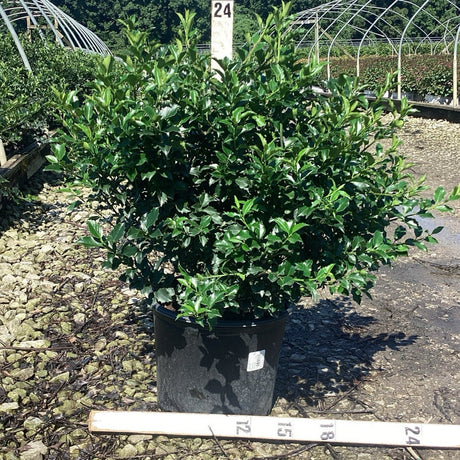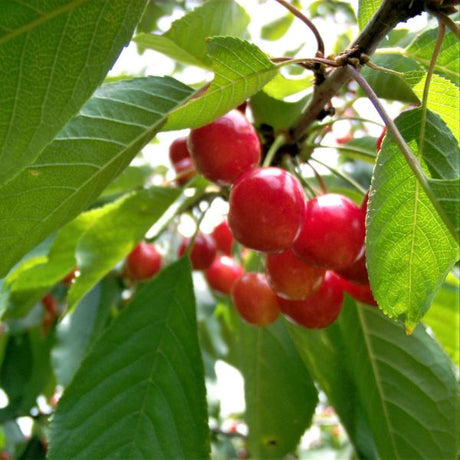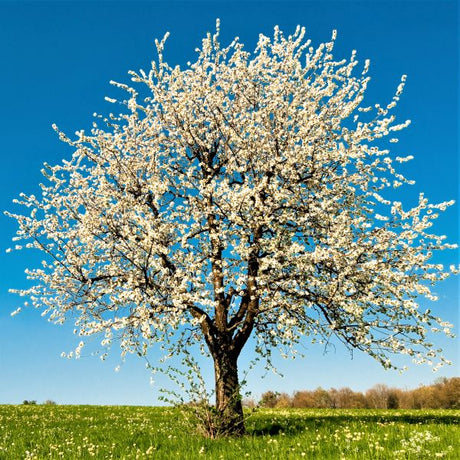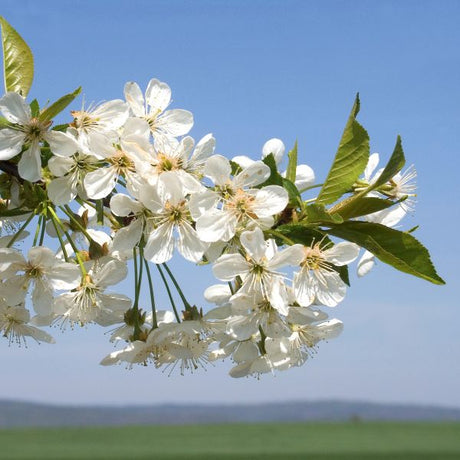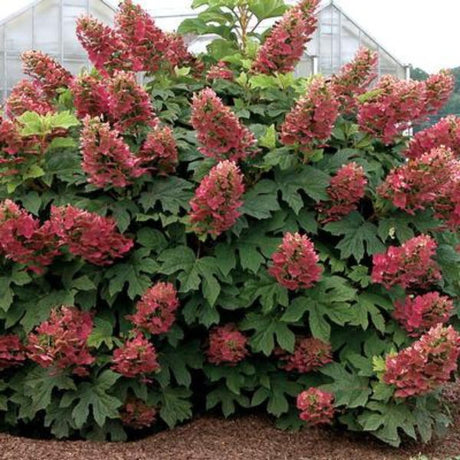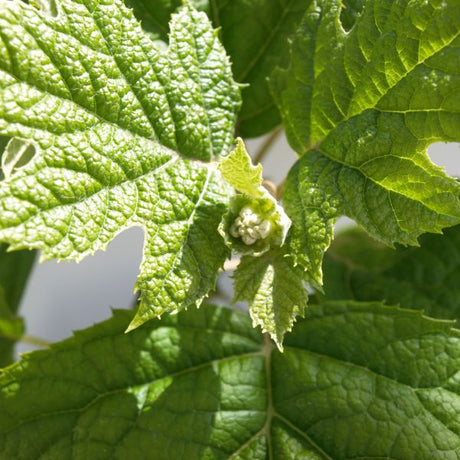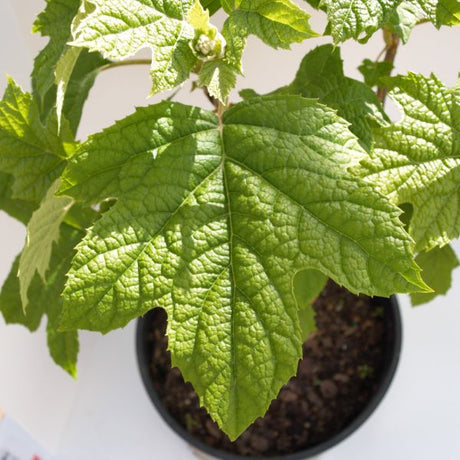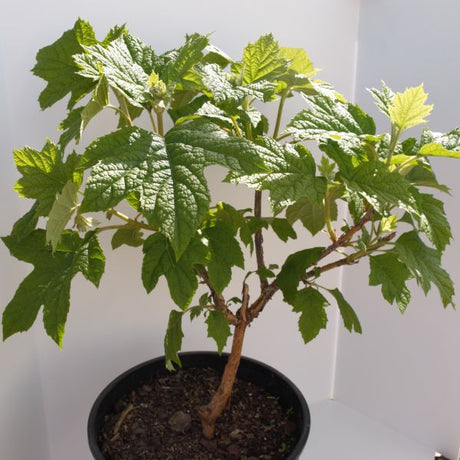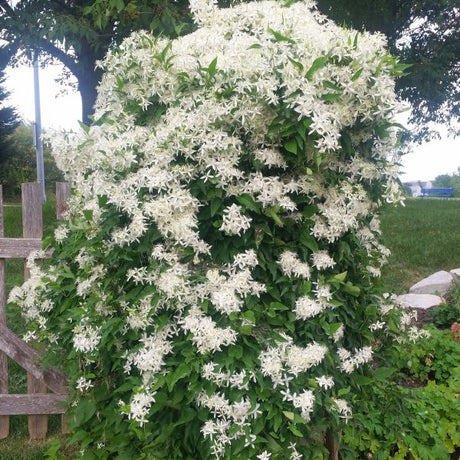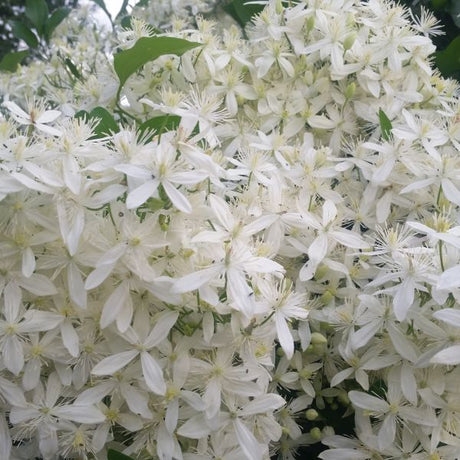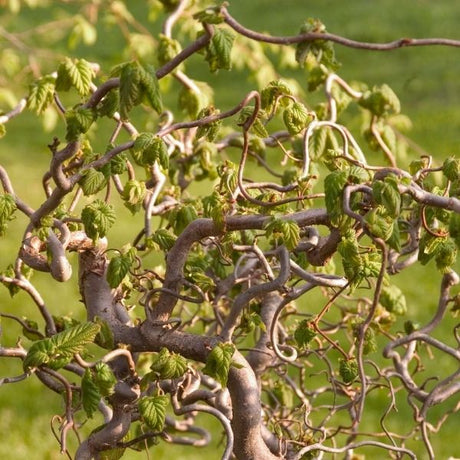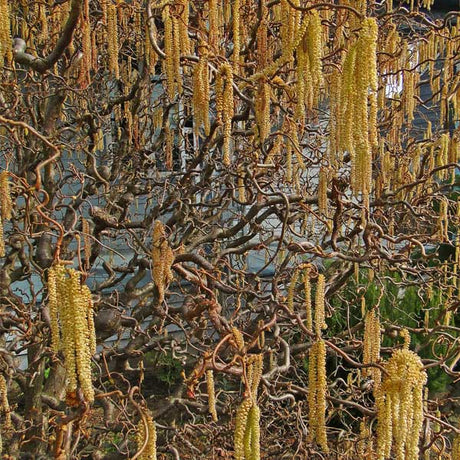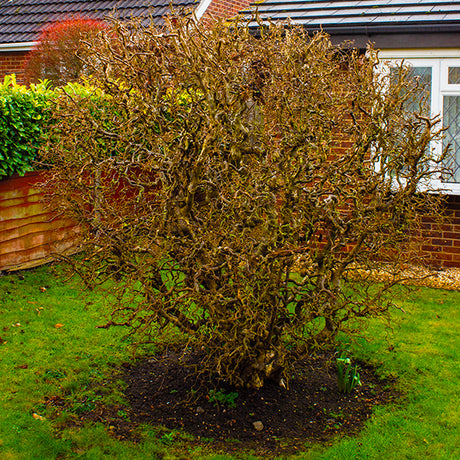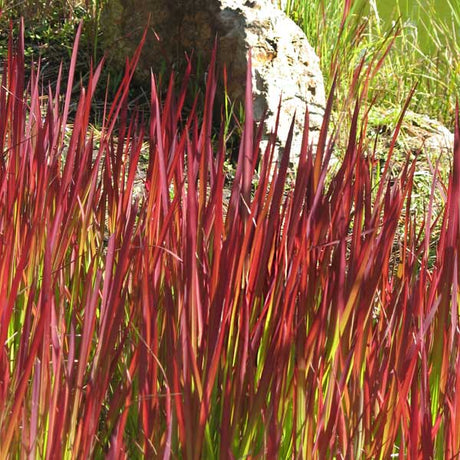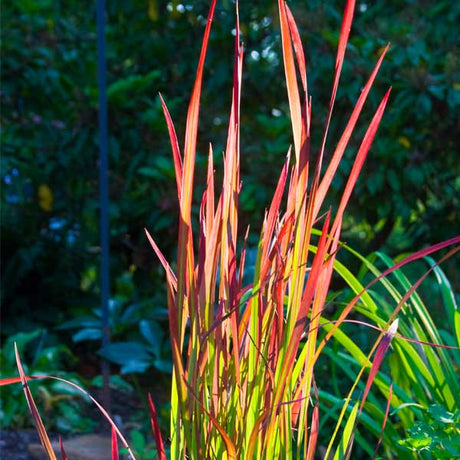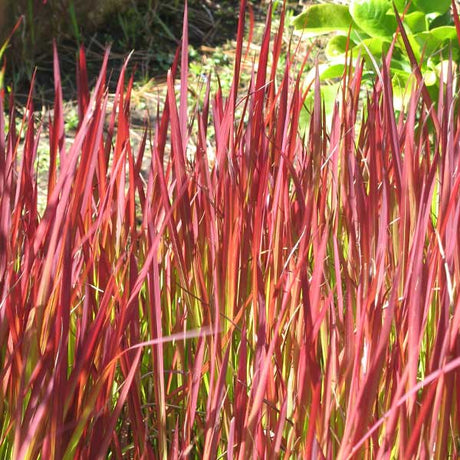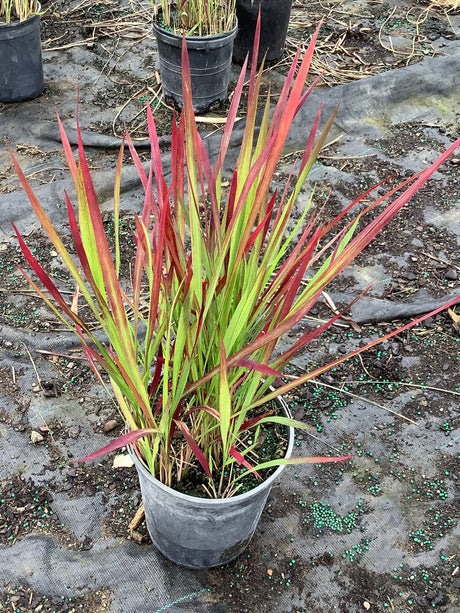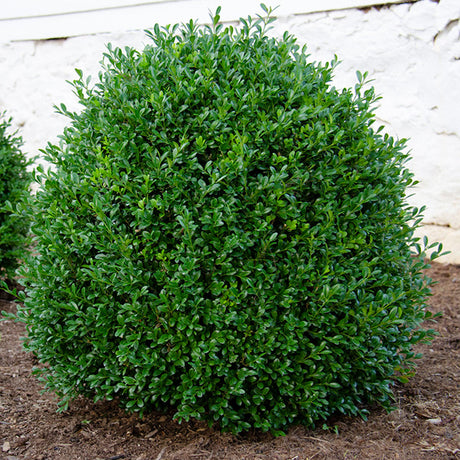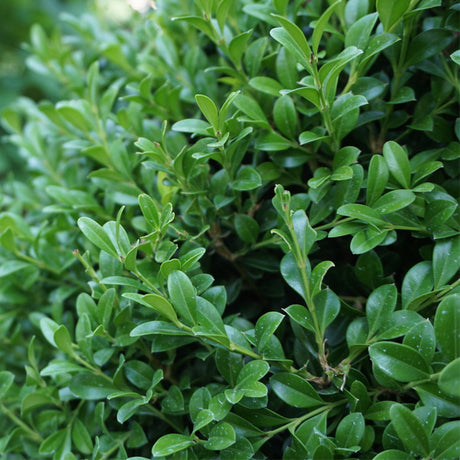
Seattle's climate is a soft symphony of mist, moss, and maritime air. The skies hang low, rain creates white noise, and gardens swell with greenery. But beneath this romantic gray veil lies a gardener's paradox, too much water, not enough light, and soil that can turn from sponge to stone!
For those Seattle, Washington gardeners who really dig in, the reward is lush, living beauty that thrives in the stillness between storms. Choosing the right plants here in the Emerald City isn't just about survival, it's about harmony. Plants must be moisture-loving, shade-smart, and resilient.
Understanding Seattle's Unique Climate & Terrain
Seattle's mild temperatures and abundant rainfall create a gardener's paradise that stays lush almost year-round, if you know how to work with mother nature, not against her! Seattle isn't referred to as the Rain City for nothing!
For those in the suburbs or nestled in one of Seattle's greenbelt neighborhoods, choosing the right plants is the key to transforming soggy corners and shady pockets into thriving garden paradises!

Seattle, Washington, falls into USDA Hardiness Zone 8b, giving gardeners a long growing season and protection from extreme cold. Mild, wet winters and cool, relatively dry summers shape the rhythms of the gardens here. But it's not just about the rain, overcast skies and limited direct sunlight, especially from fall through spring, mean your plants need to love a little shade and thrive in high moisture (both air and soil) environments.
Seattle's terrain is just as diverse as its neighborhoods. From the steep slopes of Queen Anne and West Seattle to the lower-lying areas around Green Lake or Rainier Valley, soil types vary from glacial till and clay-rich soils to pockets of loam and sandy deposits.
Whether you're tucking native perennials into a shaded backyard in Ballard, planting wetland shrubs along a soggy slope in Shoreline, or designing a pollinator paradise in Sammamish, choosing climate-adapted, moisture-loving plants is the secret to long-term garden success!
Choosing The Right Plants For Seattle
Seattle Native plants like Sword Fern, Red Flowering Currant, and Evergreen Huckleberry have evolved to do a graceful dance with the rain, thriving in the moist, acidic soils and dappled light of Seattle's wooded landscapes. Wetland trees have sturdy root systems which help prevent erosion on the region's many stream banks and hillsides while shrugging off soggy spells and summer droughts alike.
For a lush landscape, consider plants that embrace the drizzle and offer delightful shades of green.
Best Trees For Suburban Homes in Seattle
For greenery that stays vibrant all year, evergreen trees like the Douglas Fir and Western Red Cedars like Northern Spire provide structure and privacy. Incorporate deciduous beauties such as the May Day Tree for breathtaking seasonal colors, while a Red Alder can boost soil health with its nitrogen-fixing magic.
Native Trees
In addition to the state tree, the Western Hemlock, these tall locals are rooted in the landscape, and Seattle's natural landscape.
-
Western Red Cedar (Thuja plicata)
The signature tree of the Pacific Northwest. Fragrant, towering, and spiritually significant, it thrives in moist soils and filtered light. Try the smaller Northern Spire. -
Bigleaf Maple (Acer macrophyllum)
Huge leaves, golden fall color, and support for mosses, lichens, and native critters. A true forest favorite. Maples are fantastic in all of Seattle's settings! -
Pacific Dogwood (Cornus nuttallii)
Elegant white bracts in spring, red berries in fall, and a graceful habit, it's a woodland gem with four-season charm. Dogwood Trees are fantastic pollinator and wildlife trees.
Top Shrubs For Seattle Gardens
Enter the world of shrubs, where Rhododendrons reign, thriving in the shade with their lively spring displays. Enhance your garden's tapestry with Salal for dense, evergreen groundcover, or the Oregon Grape with its yellow blooms and striking purple berries.
Native Shrubs
Structure, color, and wildlife appeal, all wrapped into these hardy, homegrown beauties.
-
Red-Flowering Currant (Ribes sanguineum)
Currants have showy pink blooms in early spring bring hummingbirds swooping in before many other plants wake up. -
Oceanspray (Holodiscus discolor)
Foamy clusters of creamy flowers cascade like waterfall mist, hence the name! Excellent for dry slopes and pollinators. -
Snowberry (Symphoricarpos albus)
Compact and resilient with soft pink flowers followed by snow-white berries, great for birds and rain gardens.
Flowering Plants That Flourish In Seattle
Bring bursts of color into your garden with Hellebores, renowned for their resilience under cloudy skies and delightfully early blooms. Add Foxgloves, like Camelot Lavender or Camelot Cream) for graceful spikes that deter deer, and Lupines for their soil-nurturing prowess and radiant beauty.
Native species, such as the Pacific Bleeding Heart, are ingenious picks; their natural adaptability means they require less fuss and offer a gentle hand to local wildlife.
Native Perennials
These seasonal stars return each year with minimal fuss and maximum flair.
-
Western Columbine (Aquilegia formosa)
Delicate red and yellow blooms shaped like lanterns attract hummingbirds and light up shady borders. -
False Solomon's Seal (Maianthemum racemosum)
Graceful arching stems, creamy flower clusters, and red berries in fall make this a woodland favorite. Check out the variegated form here! -
Fringecup (Tellima grandiflora)
Soft foliage and tiny, frilled green-pink blooms that dance above the leaves, perfect for shady, moist corners.
Specialty and Native Plant Options
To weave texture and dimension through your garden, consider Ferns like the Sword Fern, evoking a serene woodland atmosphere. Native grasses like Tufted Hairgrass add contrast while supporting local ecosystems by offering a home and feast for wildlife.
Native Groundcovers
Low and lush, these native ground-huggers help fill gaps and suppress weeds in Pacific Northwest style.
-
Kinnikinnick (Arctostaphylos uva-ursi)
Evergreen leaves, soft pink flowers, and red berries, it's a dry slope superhero and pollinator pleaser. -
Inside-Out Flower (Vancouveria hexandra)
A charming woodland creeper with ferny leaves and upside-down white flowers, shade gardens love it. -
Wild Ginger (Asarum caudatum)
Heart-shaped leaves and hidden maroon flowers creep under trees with soft, forest-floor beauty. Find Chinese Wild Ginger here.
Native Fruiting and Edible Landscaping Options
Native Fruiting Trees
These Pacific Northwest native fruiting trees bring structure, blooms, and seasonal treats to the garden while supporting local wildlife and birds!
- Pacific Crabapple (Malus fusca) - A true native heirloom, this small tree offers delicate white-pink blossoms in spring and clusters of tart, reddish fruits in fall. Great for jelly-making or feeding birds and deer. Thrives in moist soils and part sun.
- Bitter Cherry (Prunus emarginata) - This fast-growing, small Black Cherry tree produces fragrant spring blooms followed by small, tart cherries loved by birds. Adds light shade and early-season beauty to native landscapes or woodland edges.
- Pawpaw (Asimina triloba) (technically a native of the eastern US, but the Pawpaw is a Pacific Northwest curiosity) Though rare in the wild here, the Pawpaw is gaining interest. With tropical-flavored fruit and large, bold leaves, it's a fun, shade-tolerant addition for adventurous gardeners seeking a native-adjacent edible understory tree.
Native Fruiting Shrubs
These tough, tasty shrubs do double-duty, providing ornamental value and flavorful, foraged fruits right in your backyard.
- Evergreen Huckleberry (Vaccinium ovatum) - A standout for shady spots, this glossy-leaved evergreen is both ornamental and edible. It produces small, flavorful berries loved by birds and perfect for pies or trail snacks. Bonus: it shines in containers, too. Try the Scarlet Ovation at Nature Hills.
-
Salmonberry (Rubus spectabilis)
This vibrant shrub bursts to life in early spring with hot pink, rose-like flowers followed by soft, orange-pink berries. The fruits are mildly sweet and make a beautiful early harvest. Perfect for moist woodland edges. -
Thimbleberry (Rubus parviflorus)
With maple-like leaves and delicate white blooms, Thimbleberry brings a wild, rustic charm to the garden. Its soft, velvety red berries are fragile but delicious—ideal for native hedgerows or naturalistic food gardens.
Garden Design Strategies For Seattle
Picture your garden soil like a sponge, when it's too tight, water runs right off; too loose, and it drains too fast. Adding organic matter like compost, bark fines, and well-rotted leaf mulch helps create the perfect blend of moisture retention and airflow for healthy root development. It also feeds the underground soil life that keeps your plants strong, disease-resistant, and resilient.
In many areas, especially suburban neighborhoods, clay-heavy or compacted soils can cause poor drainage, making soil improvement essential.
Utilize layered planting to craft vertical spaces teeming with life, making your garden a thriving ecosystem. Turn excess rain into an asset with Rain Gardens, blending beauty with smart water management. Infuse organic materials into your soil to maintain an ideal pH balance, nurturing plant growth.
Top Gardening Concerns in Seattle & How to Tackle Them
1. Excessive Rainfall Requires Good Drainage
Concern: Clay-heavy or compacted soils can lead to waterlogged roots and plant stress.
- Amend your soil with compost, bark fines, or pumice to improve drainage and aeration.
- Choose moisture-tolerant natives like Red Osier/Red-Twig Dogwood, Western Sword Fern, and Salmonberry.
- Raised beds or create berms for plants that hate wet feet.
2. Limited Sunlight, Especially in Winter
Concern: Seattle's long stretches of cloud cover limit light exposure for many plants.
- Pick shade-tolerant or part-shade-loving plants like Hosta's, Hellebores, Vine Maple, and Evergreen Huckleberry.
- Observe your space seasonally. Sun angles shift throughout the year in this region.
- Use light-colored mulch or hardscaping to reflect more ambient light into shady areas.
- Trim back a few branches of larger trees to let more light into areas around them.
3. Cool Summers & Lack of Heat
Concern: Heat-loving veggies and tropical plants may struggle to ripen or thrive.
- Opt for cool-season crops like kale, lettuce, peas, carrots, and broccoli, Seattle veggie garden superstars.
- Use raised beds and black mulch to warm the soil faster in spring.
- Site heat-loving plants in south-facing areas with good wind protection.
4. Slugs, Snails & Moisture-Loving Pests
Concern: Slugs thrive in Seattle's damp environment and love tender seedlings.
- Use iron phosphate-based slug bait, copper barriers, or organic traps like beer dishes.
- Avoid mulching too close to plant crowns, this creates slug hideouts.
- Choose less-susceptible plants like Ferns, Lavender, or Hardy Geraniums.
5. Soil Acidity
Concern: Many Seattle soils are naturally acidic, which affects nutrient availability.
- Most native plants love it. But if you're growing veggies or non-native ornamentals, test your soil pH.
- Add lime to raise pH, or choose acid-lovers like Rhododendrons, Blueberries, and Camellias.
- Feed with balanced, organic fertilizers to maintain soil health and avoid nutrient lock-up.
6. Moss & Algae Growth
Concern: Shade and moisture can lead to Moss takeover on lawns, patios, and roofs.
- Embrace Moss in shady gardens, it's a low-maintenance groundcover and turf grass alternative!
- Improve drainage and airflow around structures to discourage buildup.
- Use moss-safe cleaning products or gentle power washing on hard surfaces.
7. Keeping It Low-Maintenance
Concern: The wet climate encourages fast plant growth, and weed growth too.
- Use groundcovers, mulch, and native plants to crowd out weeds and reduce upkeep.
- Install rain gardens or swales to manage runoff and attract beneficial insects.
- Choose plants that thrive with minimal pruning and watering, like Salal, Oregon Grape, and Pacific Ninebark.
8. High Air Humidity
Concern: Consistently high humidity can lead to fungal diseases like powdery mildew, root rot, and black spot on leaves.
- Prioritize good air circulation. Space plants appropriately and avoid overcrowding.
- Water at the base of plants in the early morning to minimize prolonged moisture on leaves.
- Select disease-resistant plant varieties, especially for Roses, veggies, and fruiting plants.
- Keep an eye out for early signs of fungus and treat with organic fungicides or neem oil as needed.
- Prune back dense growth on shrubs and perennials to improve airflow and reduce damp spots.
Sustainable Gardening Practices
Lean into sustainable methods, like capturing rainwater with barrels and using drip irrigation to cut down on water waste. By planting flowers that beckon bees and butterflies, support wildlife, and layer natural mulches that keep soil moist and weeds at bay.
- Tame your garden into art with regular pruning, defining plant shape and size.
- Stay vigilant for pests and diseases
- Adjust your fertilization to Seattle's rainy tendencies, ensuring your plants receive their essential nutrients.
Read how Nature Hills is keeping up with sustainability here!
Industry Trends and Opportunities

With rising interest in organic, eco-friendly gardening, there's a fertile ground for native and highly adaptable, self-sufficient plants. Embrace these trends to explore sustainable options while enriching your garden, making it a haven of beauty and ecological health.
Rain or Shine Gardens In Seattle!
Seattle may be known for its misty mornings and moody skies, but with the right plant choices, your garden can thrive all year. Embrace the rhythm of the rain and lean into native and resilient picks. Your landscape can bloom beautifully when it's rooted in the right climate-smart choices!
By selecting plants that are in harmony with Seattle's climate, you can cultivate an inviting, low-maintenance landscape. Celebrate native species and clever design, enhancing your garden's aesthetic appeal and ecological balance with the help of Nature Hills Nursery!
Happy Planting!


